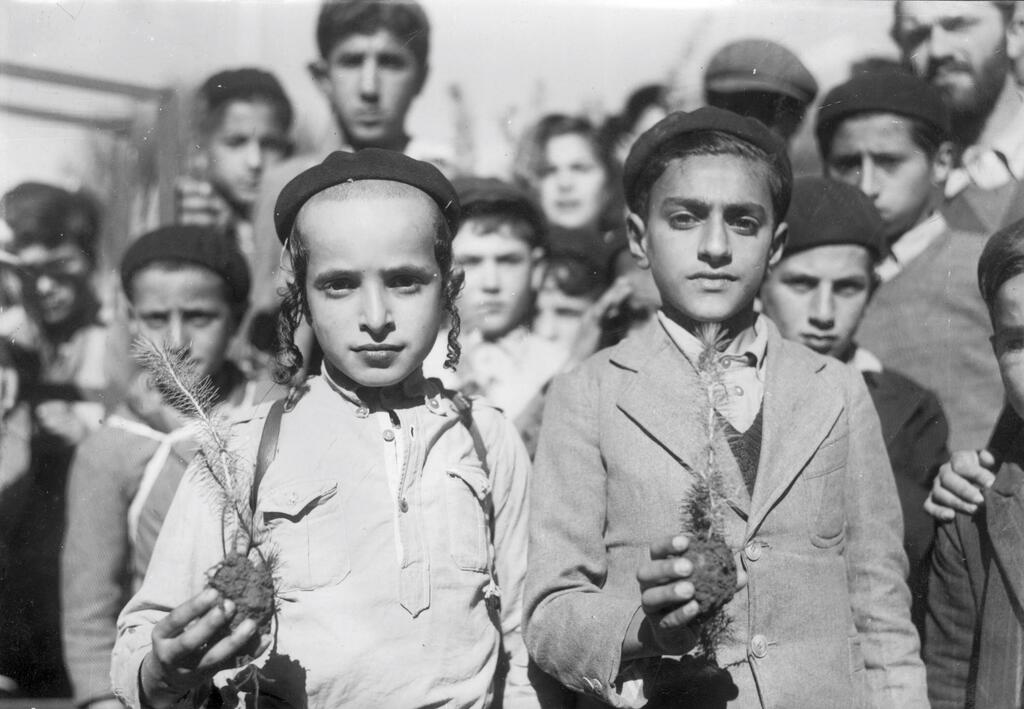Getting your Trinity Audio player ready...
Tu Bishvat, the New Year of the Trees, is here, heralding the customary tree plantings by Israelis and friends of Israel across the Holy Land.
Read more:
Keren Kayemeth LeIsrael - Jewish National Fund (KKL-JNF) has played a pivotal role in the development of the Land of Israel, dating back to the pre-state days of the nation.
KKL-JNF hosts tree-planting events during the holiday and around it, attracting numerous families who join in planting trees across Israel. In celebration of Tu Bishvat, KKL-JNF also reveals rare archive photos capturing tree-planting occasions on Tu Bishvat from both pre-state times and the early decades of its establishment.
KKL-JNF was founded in 1901 and has since served as the executive arm of Zionism, cultivating the land and planting more than 240 million trees, transforming the State of Israel into one of the few countries in the world where more trees are planted today than there were 100 years ago.
5 View gallery
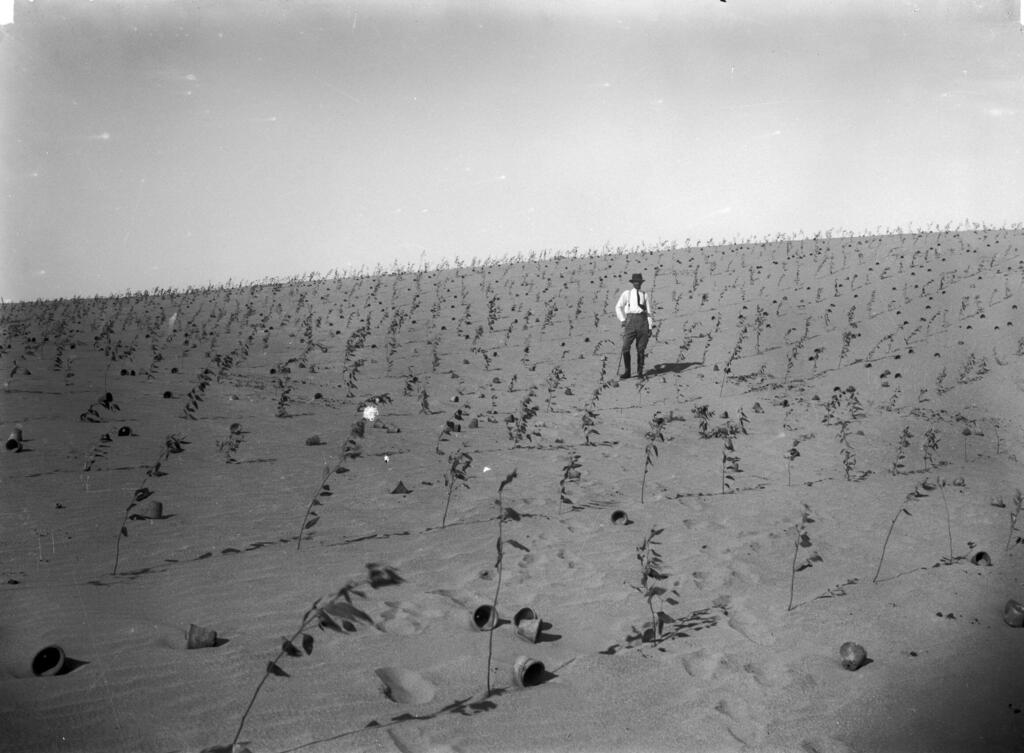

Eucalyptus tree planting in Nahalat Yehuda, today's Rishon Lezion, 1920
(Photo: Avraham Malbesky KKL JNF Archive)
In its second decade, KKL-JNF expanded its activities. The organization also engaged in settling lands acquired and initiated educational activities, chief among them is KKL-JNF's afforestation project.
A rare archive photo depicts KKL-JNF's pre-state tree plantings, where eucalyptus trees were planted in Nahalat Yehuda – nowadays the city of Rishon Lezion. Another rare photo from 1928 shows a Tu Bishvat tree-planting event by school students from the Beit Hakerem neighborhood in Jerusalem.
5 View gallery
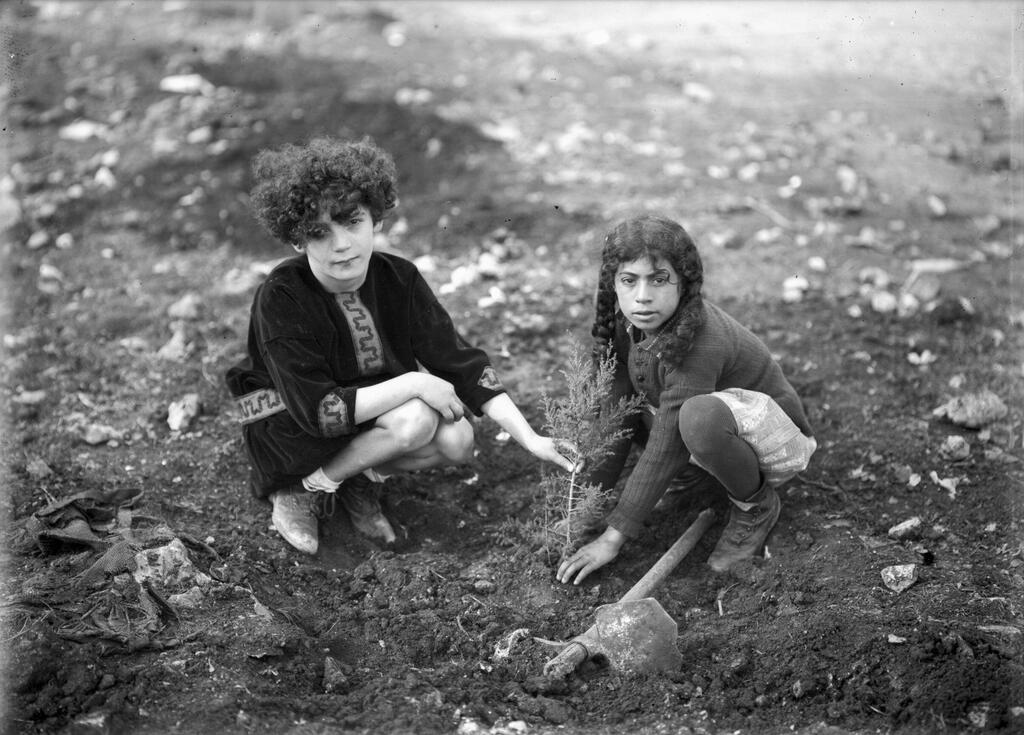

Pupils planting trees on Tu Bishvat, in Beit Hakerem, Jerusalem, 1928
(Photo: Josef Shweig KKL JNF Archive)
In its third decade, under the leadership of Menachem Ussishkin, the Teachers for KKL-JNF movement was established and started its activities in schools. This initiative transformed Tu Bishvat into a day dedicated to tree planting.
Another rare archive photo from 1935 shows tree-planting events in Hefer Valley while another photo depicts Jerusalem school students planting trees in the hills of Jerusalem.
5 View gallery
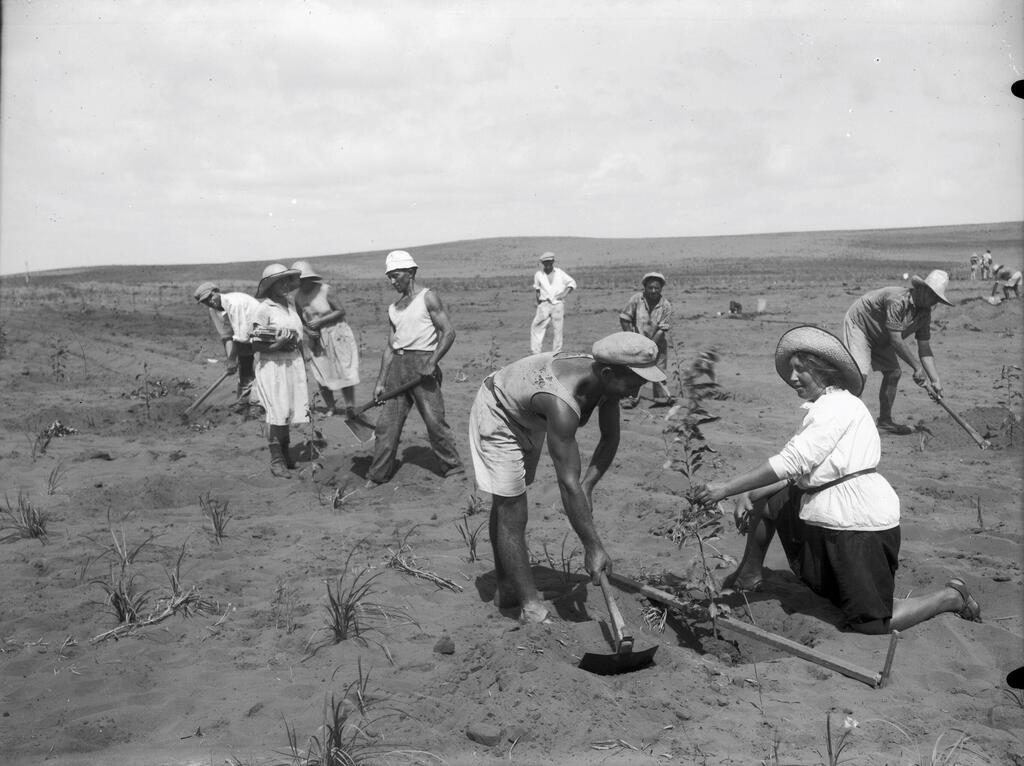

Tree planting in Wadi Hoart, Hefer Valley, 1935
(Photo: Josef Shweig KKL JNF Archive)
KKL-JNF's archives Director Efrat Sinai reflects on the holiday's historical significance. "In the distant past, Tu Bishvat influenced various commandments related to the tree's fruits, but over 100 years ago, Zionism has infused new meaning into this day," she said.
"The initiative began with the founding members of the Yesud HaMa'ala council, who planted 1,500 trees, including citrons and pomegranates on Tu Bishvat in 1884. Six years later, on Tu Bishvat in 1890, the teacher and writer Ze'ev Yavetz led his students from the Zikhron Ya'akov school in a festive tree-planting event. This initiative spread to other Jewish towns, and in 1908, the Teachers' Association declared Tu Bishvat as the holiday of tree-planting."
5 View gallery
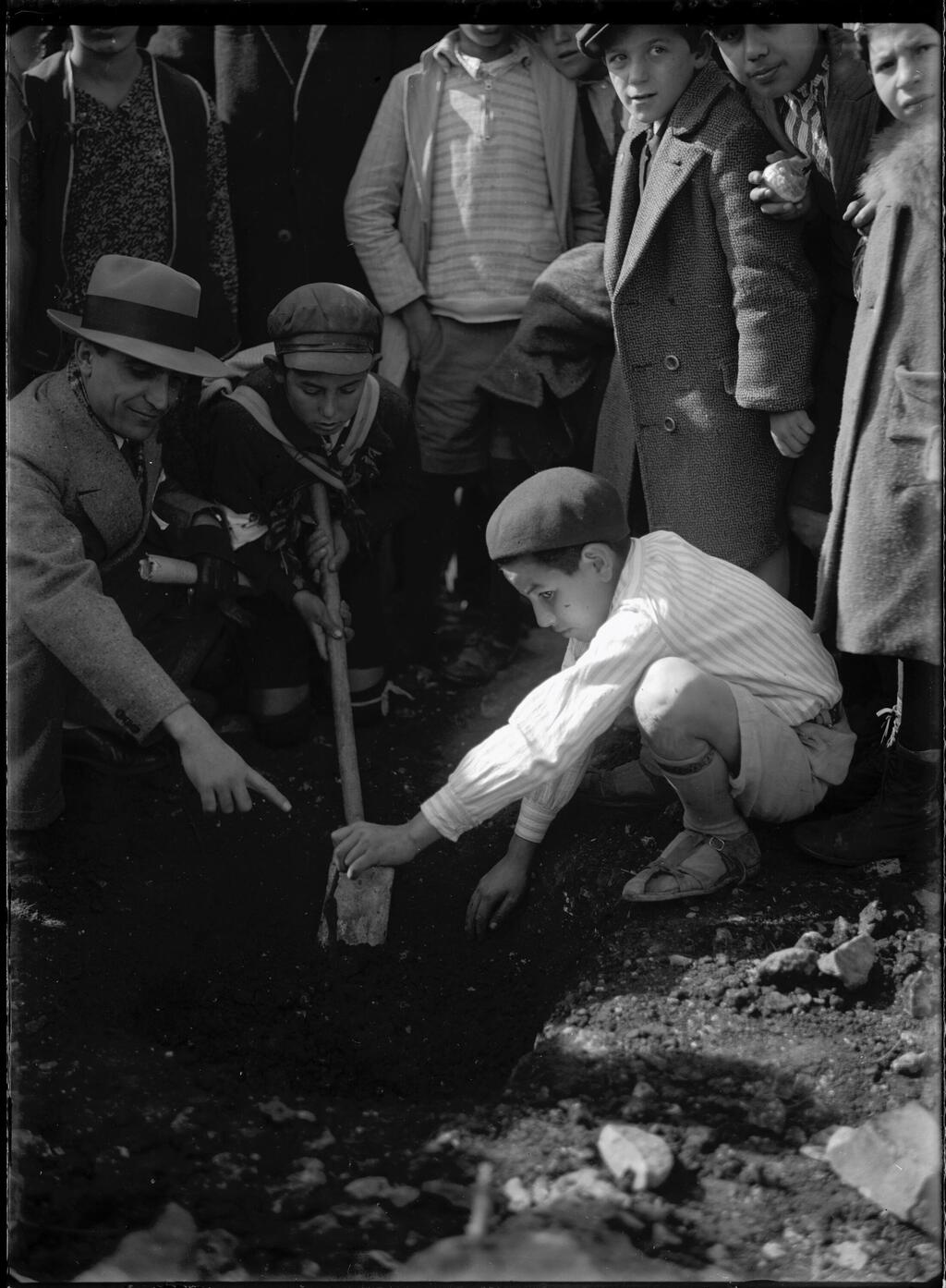

School students planting trees in the hills of Jerusalem on Tu Bishvat, 1935
(Photo: Zultan Kluget KKL JNF Archive)
However, it was only when KKL-JNF adopted the custom that Tu Bishvat gained substantial importance. Together with the Teachers for KKL-JNF movement' Tu Bishvat became a holiday symbolizing national renewal, the people's return to their land and the preservation of nature.
These photos depict Tu Bishvat from the pre-state era and the early years following Israel's establishment, illustrating a day of renewal. With delicate saplings, planters aimed to breathe new life and aspirations into our homeland. Many of the saplings captured in these photographs now thrive in Israel's forests. To this day, KKL-JNF has planted over 240 million trees, and the planting effort persists.



